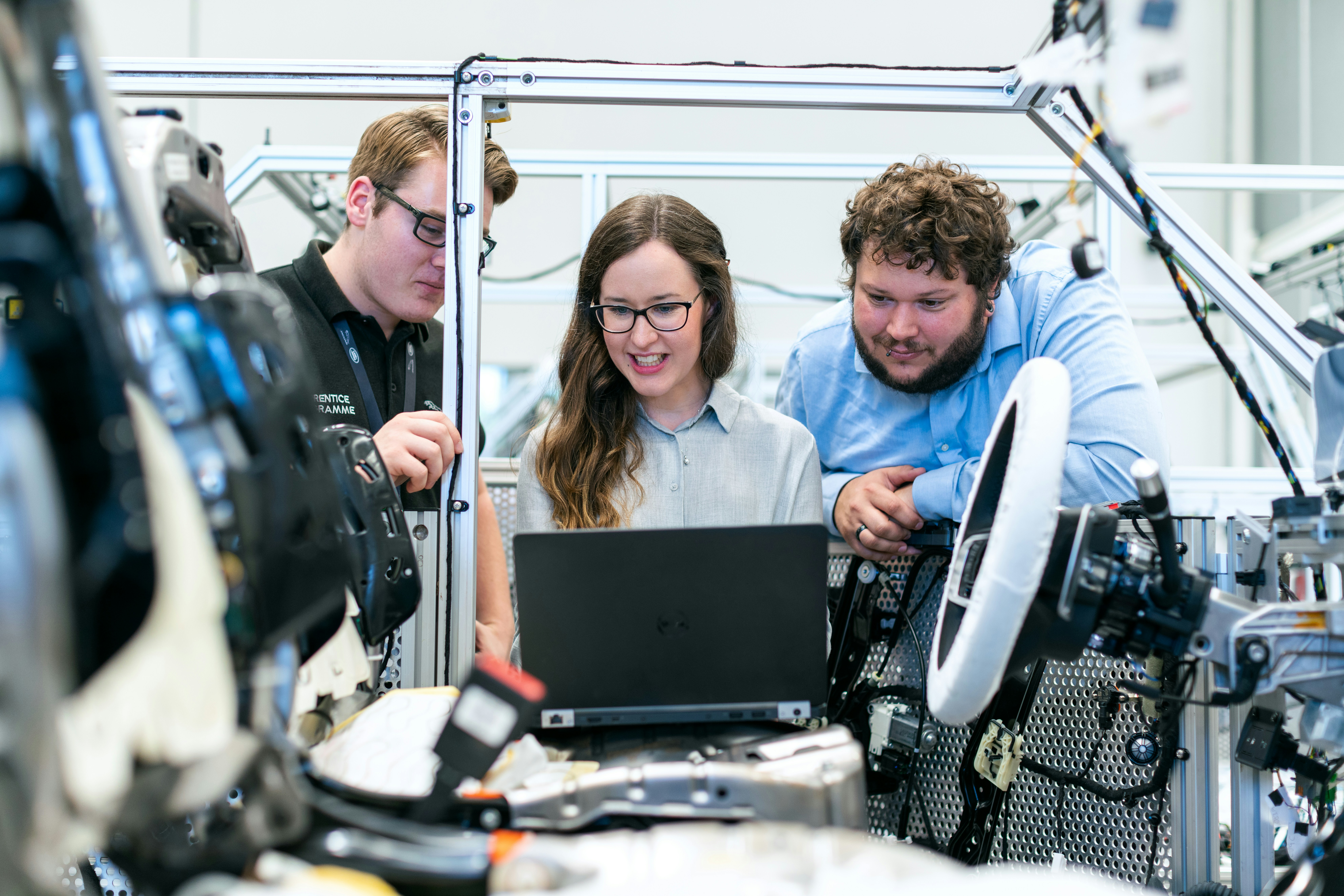
The Sim Corder/Harrison Mill is a remarkable testament to the power of innovation and the brilliance of engineering. Over the decades, this structure has adapted to changing technologies while preserving the essence of its original design. With roots dating back to the early 20th century, the mill continues to be an iconic symbol of how engineering marvels can withstand time and evolve with progress. This article delves into the key features that have made the Sim Corder/Harrison Mill a vital part of industrial history.
A Historical Overview of the Mill’s Origins
The Sim Corder/Harrison Mill’s journey began in the early 1900s, when it was first established to serve as a local milling operation. Initially powered by a traditional waterwheel, the mill utilized the energy from a nearby river, marking it as one of the first industrial structures to integrate natural power into its design. Its initial purpose was to grind grains and process raw materials, providing vital services to the surrounding community.
As the years progressed, the mill became essential to the local industry. Despite the many technological advancements in milling and manufacturing, the core principles behind the mill’s design remained unchanged. This dedication to preserving the original functionality, while allowing for key upgrades, helped solidify the Sim Corder/Harrison Mill’s place as a lasting example of engineering ingenuity. Today, the mill is both a historical site and a fully operational industrial facility, continuing to serve its purpose in the modern age.
The Waterwheel: A Century-Old Masterpiece
One of the defining features of the Sim Corder/Harrison Mill is its waterwheel, which has been a cornerstone of the mill’s design since its creation. Waterwheels were an essential part of many early industrial mills, as they harnessed the natural flow of water to generate power. However, the waterwheel at the Sim Corder/Harrison Mill is unlike any other. Its design is an engineering achievement and a testament to the skill and craftsmanship that went into its construction.
What makes this waterwheel so exceptional is its durability and efficiency. Built from high-quality materials, it has managed to withstand the harsh forces of nature over the decades. It generates enough power to operate the mill’s entire operation, including the grinding mechanisms, the gears, and the other mechanical systems that make the mill function. This balance of power and sustainability has allowed the Sim Corder/Harrison Mill to continue operating effectively, despite being over a century old.
Modern Updates and Technological Integration
Though rooted in the past, the Sim Corder/Harrison Mill has embraced modern technological advancements, allowing it to remain competitive in today’s industrial landscape. While the mill’s waterwheel continues to provide the primary power source, modern enhancements have improved efficiency and safety. For instance, advanced sensors now monitor the mill’s various systems, ensuring each component functions as it should. This integration of cutting-edge technology has allowed the mill to increase production rates without compromising on quality.
Furthermore, automation has streamlined several of the mill’s processes. Instead of relying on manual labor to control machines, the mill now employs automated systems that reduce the margin for error and improve operational safety. These updates have helped the mill remain relevant in a constantly evolving industry while retaining its historical charm and mechanical roots.
The Role of Skilled Engineers and Technicians
At the heart of the Sim Corder/Harrison Mill’s success is a dedicated team of engineers, mechanics, and technicians who work tirelessly to ensure the mill’s proper functioning. The mill relies on its expertise to keep its ancient systems in working order, performing regular maintenance and repairing critical components such as the waterwheel, gears, and grinders. These skilled craftsmen maintain the machinery and contribute to its ongoing development by innovating ways to improve the mill’s efficiency.
Without their involvement, the mill could not operate at its current efficiency level. Their ability to understand the intricate workings of the mill allows them to make precise adjustments that help optimize performance. This hands-on approach sets the Sim Corder/Harrison Mill apart from others in the industry, as it combines the knowledge of the past with the present technological tools.
Sustainability and Environmental Consciousness
Sustainability has become a priority for industries worldwide, and the Sim Corder/Harrison Mill is no exception. Its use of water power, a renewable resource, significantly reduces the mill’s reliance on fossil fuels, making it an environmentally friendly option compared to modern, fuel-powered mills. The mill’s continued focus on using natural resources responsibly is a significant part of its identity.
Additionally, the mill has minimized its environmental impact in other areas. Efforts such as recycling waste products, optimizing energy usage, and reducing emissions from the facility align with broader sustainability goals. The Sim Corder/Harrison Mill exemplifies how an old industrial site can still contribute to environmentally-conscious practices, proving that sustainable manufacturing does not always require cutting-edge technology.
Preserving a Legacy of Innovation
The Sim Corder/Harrison Mill represents more than just an engineering feat; it symbolizes an enduring legacy and continuous innovation. What began as a simple water-powered structure has evolved into a modern, efficient facility that still maintains the spirit of its original design. Over the years, it has adapted to the changing needs of the industry while preserving its historical value, making it an invaluable part of local heritage.
Looking to the future, the Sim Corder/Harrison Mill will likely continue to inspire generations. Its ability to seamlessly blend historical craftsmanship with modern technologies will ensure it remains at the forefront of sustainable and innovative practices. As industries evolve and the world embraces new challenges, the mill’s enduring legacy will continue to stand as a shining example of engineering excellence, reminding us all that innovation can last for centuries when rooted in solid foundations.